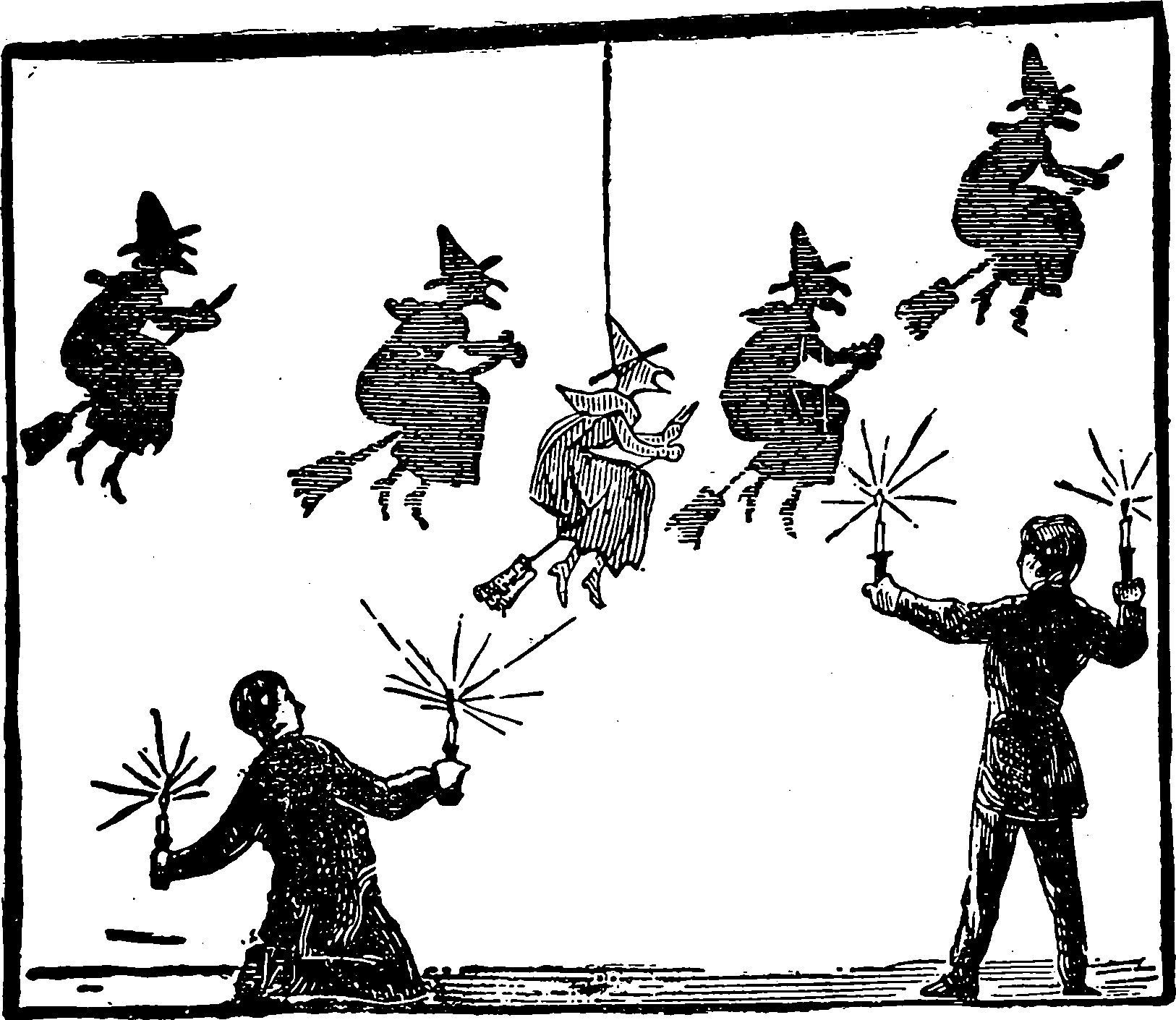Polynomial bases
January 28, 2021 — July 28, 2023
Suspiciously similar content
Placeholder.
You know what is a bloody great introduction to polynomial bases? Golub and Meurant (2010). They cram it into the first chapter and then do computational stuff in the subsequent chapters. It is excellent.
1 Fun things
Terry Tao on Conversions between standard polynomial bases.
Representation in terms of basis is useful for analysing the Natural exponential family with quadratic variance function (Morris 1982).
1.1 Well known facts
Xiu and Karniadakis (2002) mention the following “Well known facts”:
All orthogonal polynomials \(\left\{Q_{n}(x)\right\}\) satisfy a three-term recurrence relation \[ -x Q_{n}(x)=A_{n} Q_{n+1}(x)-\left(A_{n}+C_{n}\right) Q_{n}(x)+C_{n} Q_{n-1}(x), \quad n \geq 1 \] where \(A_{n}, C_{n} \neq 0\) and \(C_{n} / A_{n-1}>0 .\) Together with \(Q_{-1}(x)=0\) and \(Q_{0}(x)=1,\) all \(Q_{n}(x)\) can be determined by the recurrence relation.
It is well known that continuous orthogonal polynomials satisfy the second-order differential equation \[ s(x) y^{\prime \prime}+\tau(x) y^{\prime}+\lambda y=0 \] where \(s(x)\) and \(\tau(x)\) are polynomials of at most second and first degree, respectively, and \[ \lambda=\lambda_{n}=-n \tau^{\prime}-\frac{1}{2} n(n-1) s^{\prime \prime} \] are the eigenvalues of the differential equation; the orthogonal polynomials \(y(x)=\) \(y_{n}(x)\) are the eigenfunctions.
-
There’s a well-known theorem in complex analysis that says that if p is a polynomial, then the zeros of its derivative p′ lie inside the convex hull of the zeros of p.
2 Zoo
This list is extracted from a few places including Xiu and Karniadakis (2002).
| Family | Orthogonal wrt | |
|---|---|---|
| Monomial | n/a | |
| Bernstein | n/a | |
| Legendre | \(\operatorname{Unif}([-1,1])\) | |
| Hermite | \(\mathcal{N}(0,1)\) | |
| Laguerre | \(x^{\alpha}\exp -x, \, x>0\) | |
| Jacobi | \((1-x)^{\alpha }(1+x)^{\beta }\) on \([-1,1]\) | |
| Gegenbauer | \(\left(1-x^2\right)^{\alpha-\frac{1}{2}}\) on \([-1,1]\) | cf Funk-Hecke formula; special case of Jacobi |
| Chebyshev | \(\left(\sqrt{1-x^2}\right)^{\pm1}\) on \([-1,1]\) | Special case of Gegenbauer |
| Charlier | Poisson distribution | |
| Meixner | negative binomial distribution | |
| Krawtchouk | binomial distribution | |
| Hahn | hypergeometric distribution | |
| ??? | Unit ball | Does this have a name? |
3 Tools
- Orcuslc/OrthNet: TensorFlow, PyTorch and Numpy layers for generating Orthogonal Polynomials
- Julia’s ApproxFun.jl
(see a write-up in my julia notebook.
- Chebfun is a classic MATLAB toolkit for working with functions represented by Chebyshev polynomials.
